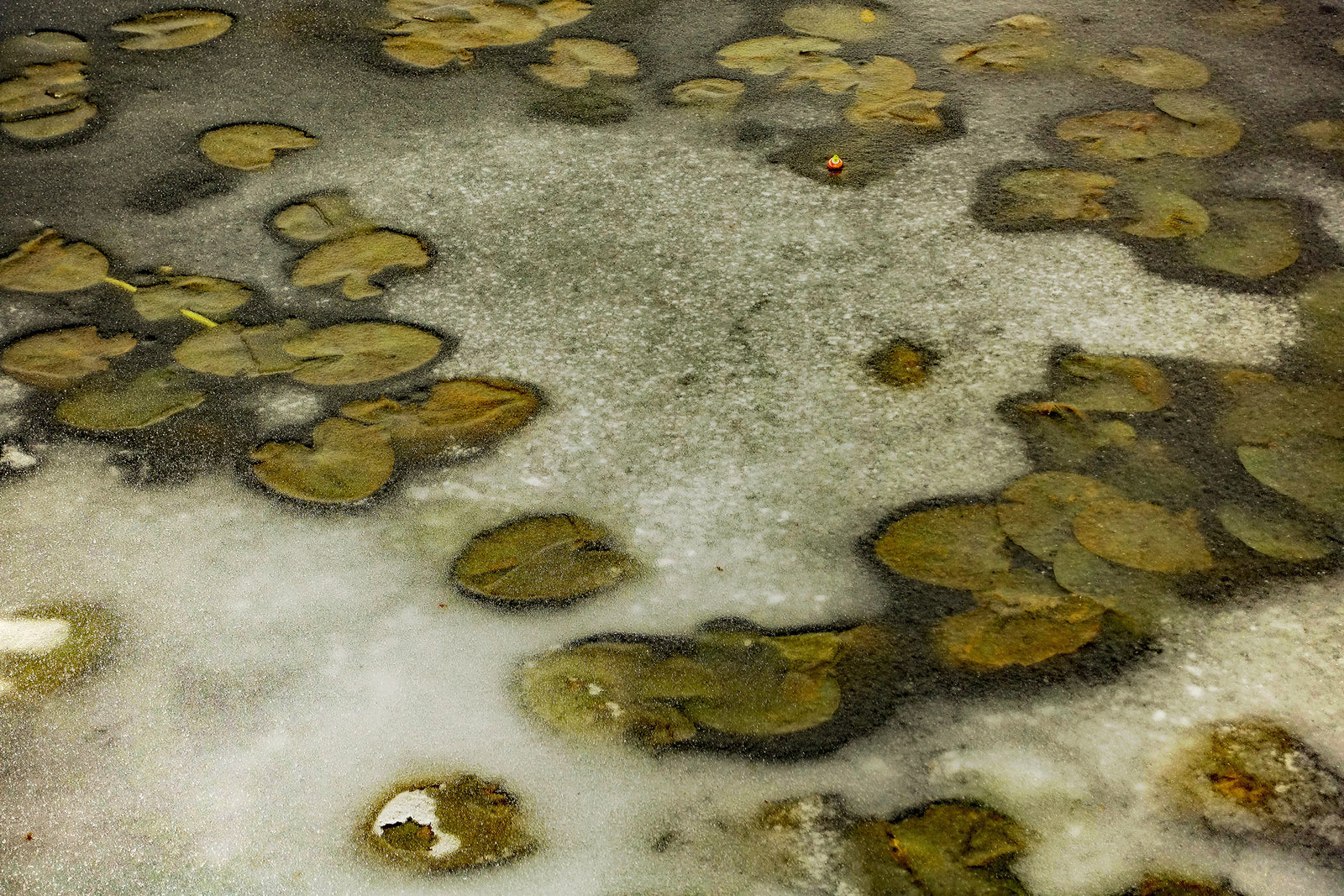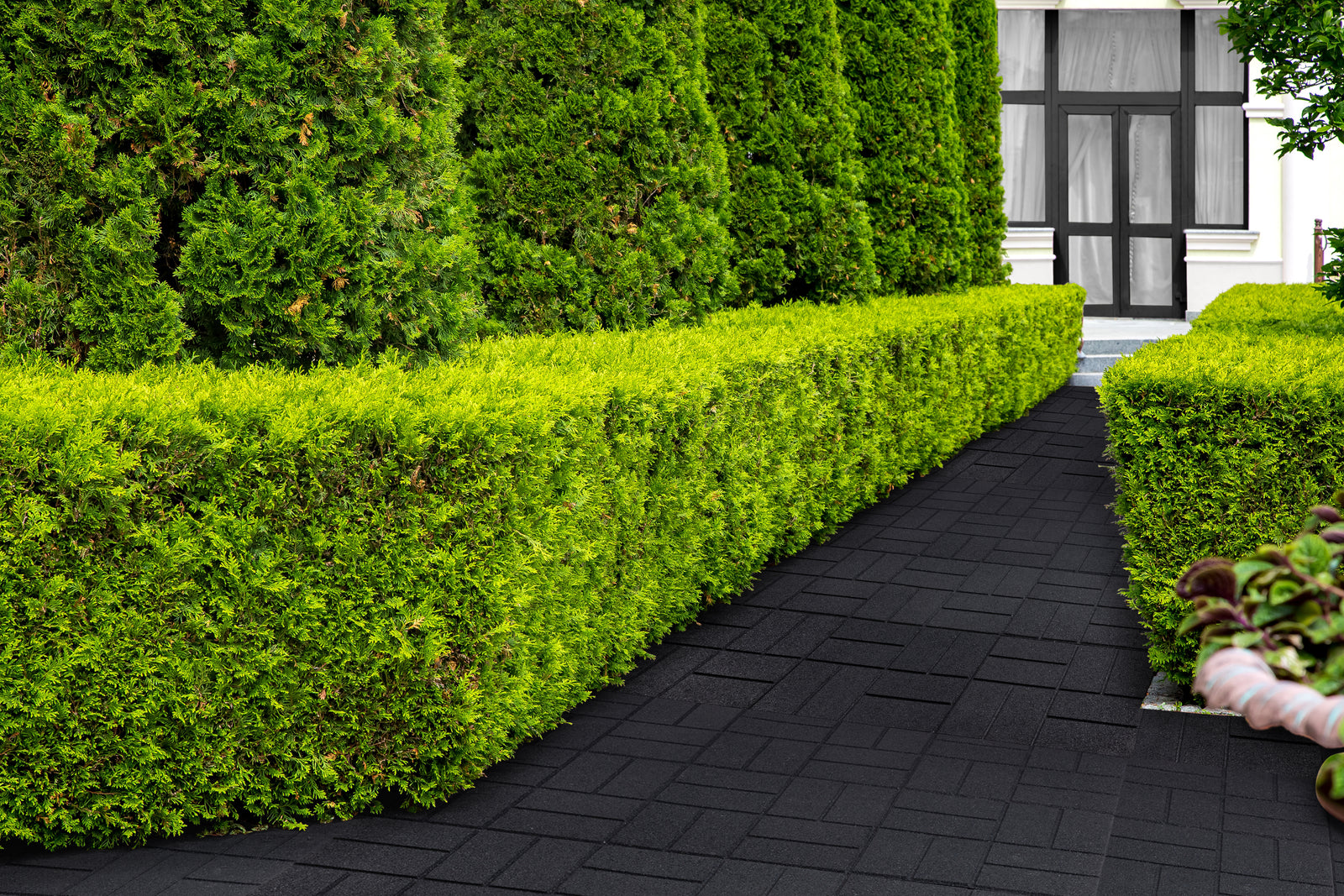October 31, 2024
Effective Mold and Fungi Prevention: The Hidden Value of Rubber Mulch
Mold Prevention and Rubber Mulch Go Hand In Hand
44% of Americans reported having a lawn or garden project in the next three months, highlighted by CivicScience data from April 2024. The research further revealed that in a six-month outlook of lawn and garden spend plans, 70% planned to keep their budget at $250 and under, while 14% planned to invest $500 or more. For those who wish to revamp outdoor garden space, the addition of mulch can help protect soil from erosion, suppress weed growth, and create an aesthetically pleasing environment. Despite its numerous benefits, however, mulch is also conducive to mold growth — which can result in a number of issues.
The intricacies of mold growth
In addition to advantages that range from the prevention of erosion to the retention of soil moisture, traditional mulch is often the go-to solution for outdoor landscape needs. However, it’s crucial to take into account that these benefits can become null once mold growth sets in. The University of Delaware Agriculture and Natural Resources details the intricacies of artillery fungus (and other things that can potentially grow in mulch). For starters, it’s noted that traditional landscape mulch typically consists of hardwood shreds or bark chips. However, the wood involved can serve as a food source for natural decomposers, or fungi. According to the site, the most recognizable of these fungi are mushrooms, though other forms can be produced as well. Slime molds, for example, are explained to be a surface mold that “will rapidly grow over the surface of mulched areas” and are generally identifiable due to their yellow, orange, or white “soft gooey mass.” Other
Management of fungi presents time-consuming endeavor
In addition to the creation of an eyesore in an otherwise beautifully landscaped outdoor space, certain molds can be harmful to your plants. The Spruce notes that artillery fungus shoots its spores into the ari (after liquid has been built up in its mature fruiting bodies). The spores feature a sticky coating, and therefore stick to anything they land on. The manual removal of artillery fungus is the only way to get the issue under control, as there is no fungicide that can address this problem. As a result, the management of moldy mulch can quickly turn into an endeavor that will take weeks to rectify. One Rutgers article highlights the fact that the application of water to dry mulch or compost as it is placed in the landscape can prevent fungal issues, though it must be done correctly in order to work — the water content of the mulch must exceed 40% by total weight, which will promote the colonization of organic matter with beneficial bacteria.
It’s important to keep in mind that a moist environment doesn’t just create an environment that is conducive to mold growth in regard to traditional mulches, as it can also cultivate an environment that attracts pests. While the retention of moisture can be beneficial to plants when used properly, this type of environment is also ideal for insects that seek water and shelter — termites, centipedes, and earwigs are all potential contenders, notes Today’s Homeowner. While most termites will leave your plants alone (especially if the mulch is present as their first food choice), their presence may spell trouble for trees or shrubbery due to the bark. Earwigs are another pest that can feed on your plants and even cause damage to flowers. As such, prevention in the form of rubber mulch can do much more than just inhibit mold growth.
Rubber mulch and mold prevention plans
It’s important to keep in mind that artillery fungus develops due to rotting wood in a moist environment, The Spruce explains. Rubber mulch, on the other hand, is not made of wood — in fact, the porous nature of rubber mulch actively prevents the absorption of water. In addition to a reduction of fungal growth, rubber mulch serves as a more durable and long-term solution for those who choose to use it. Rubber mulches won’t need to be constantly replaced like traditional mulch, and you won’t need to constantly worry and watch out for mold and fungi growth. This can present great advantages for those who wish to have a low-maintenance landscape solution — those who manage commercial or business properties, for instance, can be proactive about mold prevention with this simple choice. This is particularly beneficial in such a case as the presence of mold and damp can impact the value of commercial properties. While indoor mold can result in health issues, persistently damp conditions in outdoor landscape areas can result in bigger problems when left to fester (such as ruined wooden structures like a wooden flower bed when moldy mulch isn’t promptly addressed). Proper mold prevention and management is a must both inside and out, and rubber mulch can play a key role in such a plan.
Traditional wood chip mulch is often regarded as the go-to solution for outdoor landscape needs, though can harbor mold and fungi growth when improperly used or left to rot in moist environments. While most of these molds and fungi are harmless, rubber mulch presents a low-maintenance and attractive solution that prevents the absorption of water.

Also in Rubber Mulch Blog

Embracing Eco-Friendliness by Choosing Rubber Mulch for Your Playground
June 17, 2025
“Reuse, Recycle, and Reduce” are three main aims when it comes to preserving the health of our planet. Rubber mulch definitely falls within their scope. Conserving resources, energy efficiency, and better health for kids are all rubber mulch benefits.

Create Your Own Sensory Path with Rubber Pavers
October 28, 2024

Install Rubber Pavers for a Garden Pathway Makeover!
October 15, 2024
shop
Copyright © 2025 RubberMulch.com - All Rights Reserved.






